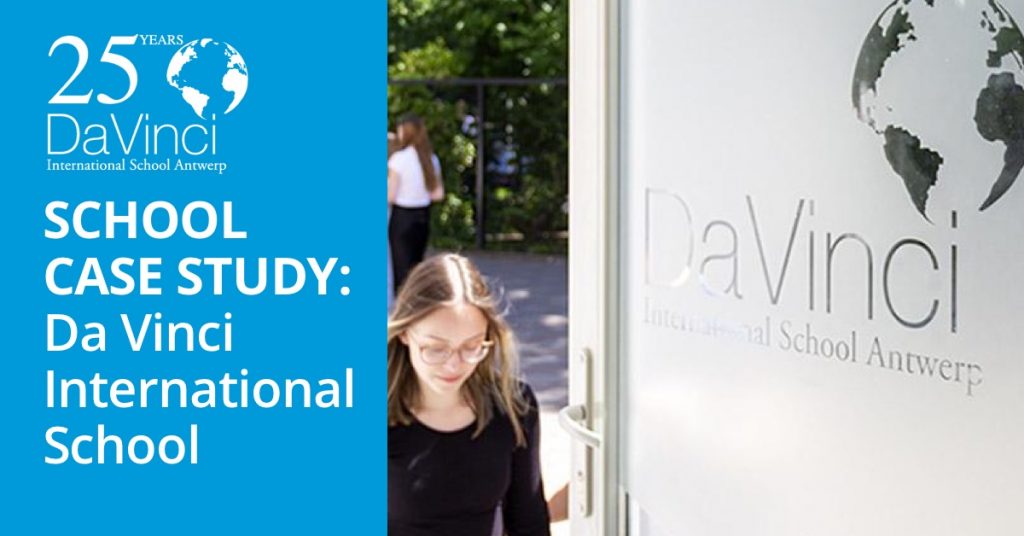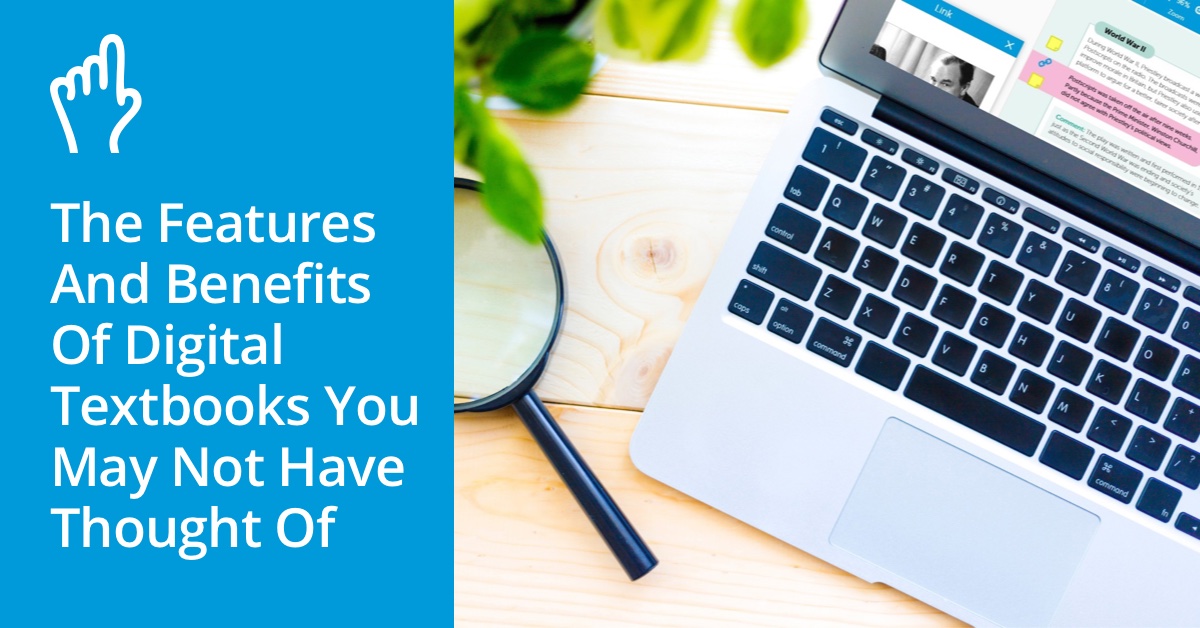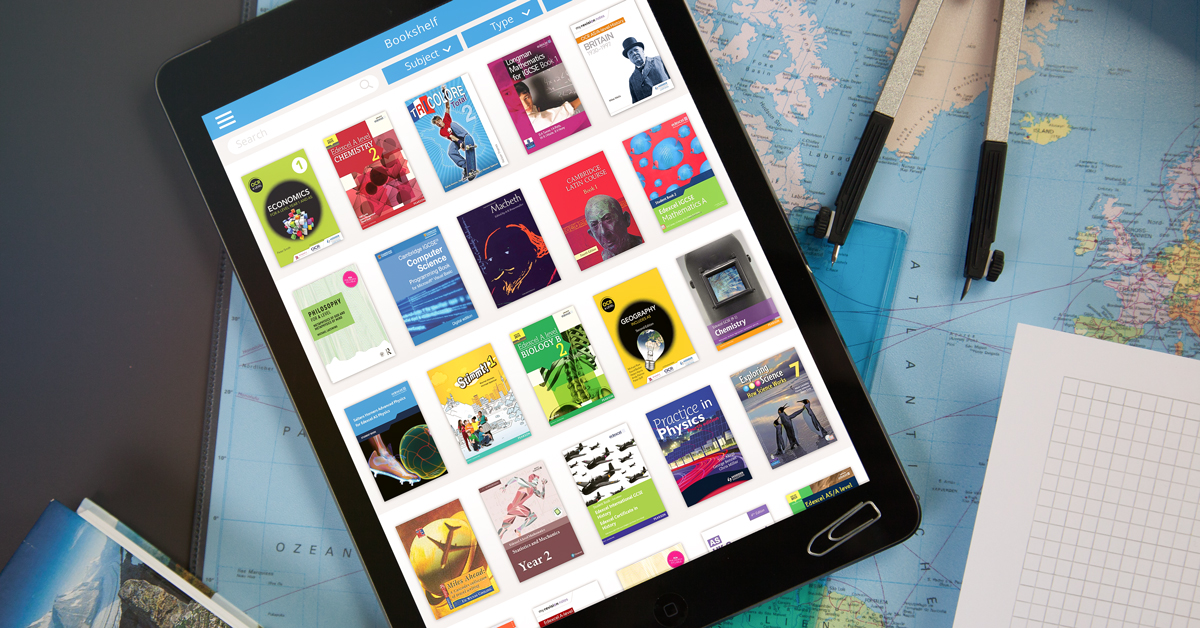Da Vinci International School is located in Antwerp, Belgium and educates children from age 3 to 18. IB students (Years 12 & 13) at the school have been using Classoos since May 2020. We spoke to Deputy Head, Mike Bramley about how and why they introduced digital books and how they find teaching and learning with Classoos.
Why did the school first make the switch to digital textbooks?
It was the start of the Covid pandemic and our Year 11 students did not have any exams due to the school-based assessment. We were therefore lookingto run some IB-prep classes and try out some resources. By coincidence, Tim [Tim Clark, UK and International Sales Director] had sent out an email offering a free trial of Classoos, so we took him up on the offer. The whole process was so smooth that we decided to extend this for our IB students.
How did you find implementing it?
In one word – seamless. The allocation of textbooks is quick and easy to do. The Classoos platform is intuitive, clear and the bookstore is extensive and well laid out. Tim and the Classoos team took care of the back-end technical side which meant that the only other thing we and our students needed to do was log in.
“How did the students and teachers react to the introduction to digital textbooks?
In a word – positively.”
How does Classoos work in the classroom? Who do you think benefits the most?
Students log in to Classoos using their school Google accounts, which means that their textbooks are literally two clicks away. Teachers often display the books on the beamer to help provide focus and work through examples. This works very effectively. In terms of benefits, I think students benefit the most as they always have their books with them, they can add notes to them (online) and highlight sections – none of which can get lost or need filing.
What problems does using Classoos solve for your school?
Using Classoos has enabled us to move to online learning seamlessly. Also, students who are in quarantine always have the resources that they need. Books being forgotten is a thing of the past and they don’t get lost or damaged. There is also no investment in a stock of books that has an inherent shelf life. This means that we have much more flexibility in switching resources.
“The students, from 43 different nationalities boast an A-Level pass rate of 97%.”
Have there been any unexpected benefits from switching to digital textbooks?
Yes – many. Students are able to access their textbooks wherever they are, which means no wasted time at the beginning of lessons.
Did you need any training to start using Classoos?
No, the interface is very intuitive.
“Students can never claim to have left their books at home!”
What do you do if there’s a technical issue or you need changes/new books/new users?
Alter the Google spreadsheet, highlight the changes,and reshare with Tim at Classoos.
How responsive is Classoos?
Very – books are usually issued in a couple of days or sooner
“Using Classoos has enabled us to move to online learning seamlessly”
Have you seen a change in the use of digital learning overall in school since the pandemic? Do you use more/fewer digital resources? Have you seen any effect on results?
Definitely more. Secondary students and parents expect resources to be digital. As a school we use more digital resources but it’s too early to determine whether this has affected results.
What is the general feeling around accessing textbooks on digital devices?
For the younger Primary students, there is a concern about obliging students to use screens. For the Secondary students, there is a positive attitude towards e-books, largely due to the fact that students don’t need to carry them. Teachers are pleased because students can never claim to have left their books at home!
“Their textbooks are literally two clicks away”






